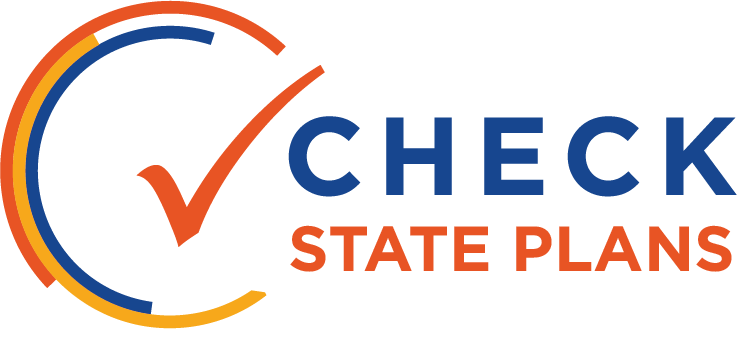Score:

Tennessee’s school supports and interventions for comprehensive support schools are thoughtful and have potential for high impact.
Tennessee details its prior commitment to its lowest-performing schools and appropriately emphasizes how it will build on this prior approach. Tennessee appears to have based its theory of action and the supports on data from its previous interventions, as well as broader research.
The state’s proposed school-improvement strategy has multiple tiers of support.
It also includes multiple state authorities to drive dramatic improvement in the lowest-performing schools and districts. The continuum ranges from district-level interventions, such as the iZone model for newly identified schools, to membership in the state’s Achievement School District for those schools that fail to improve.
Tennessee should be commended for planning to distribute its 7 percent set-aside dedicated for school-improvement activities through a competitive grant process. The state will award federal school-improvement funds to those districts committed to interventions with the strongest evidence base.
Tennessee could be clearer about how schools with low subgroup performance will receive supports to improve.
Comprehensive support and improvement schools receive a continuum of interventions and supports that increase in intensity over time, while the supports aimed at targeted support schools lacked the same level of specificity.
Tennessee should also be applauded for including a description of how it will recognize high-performing and high-growth schools.


